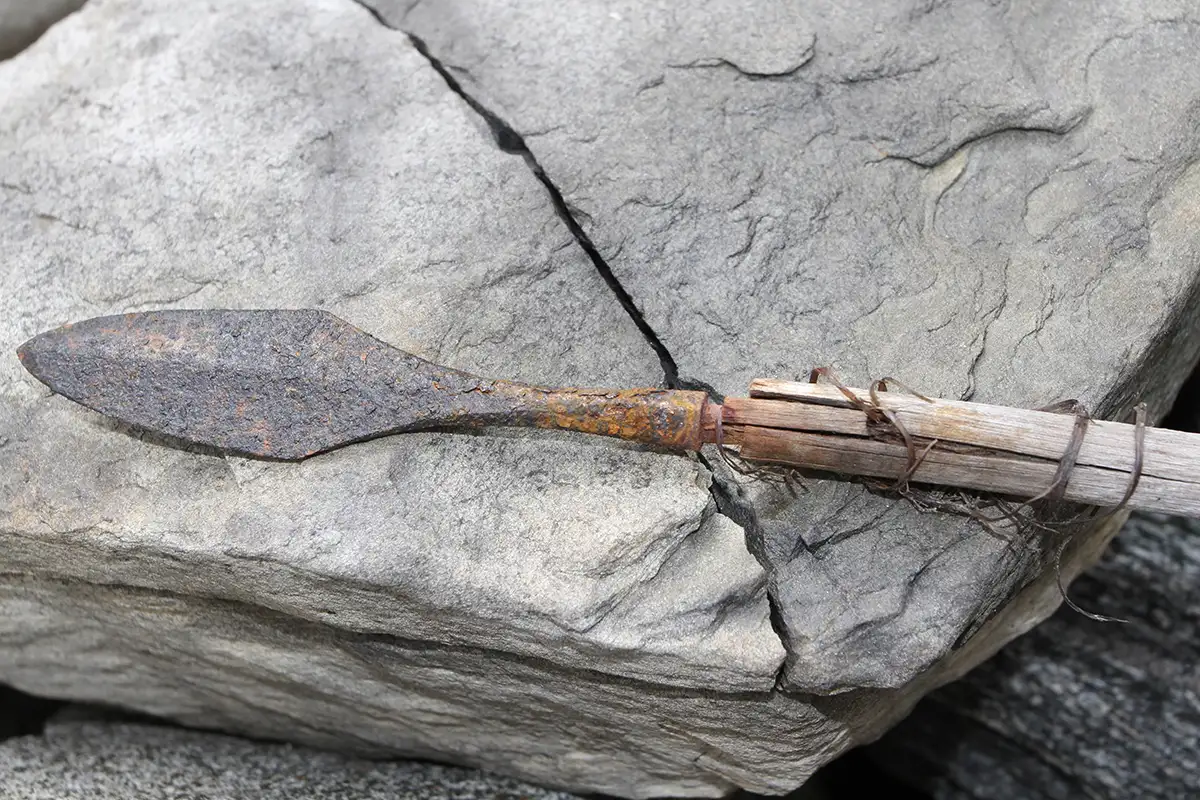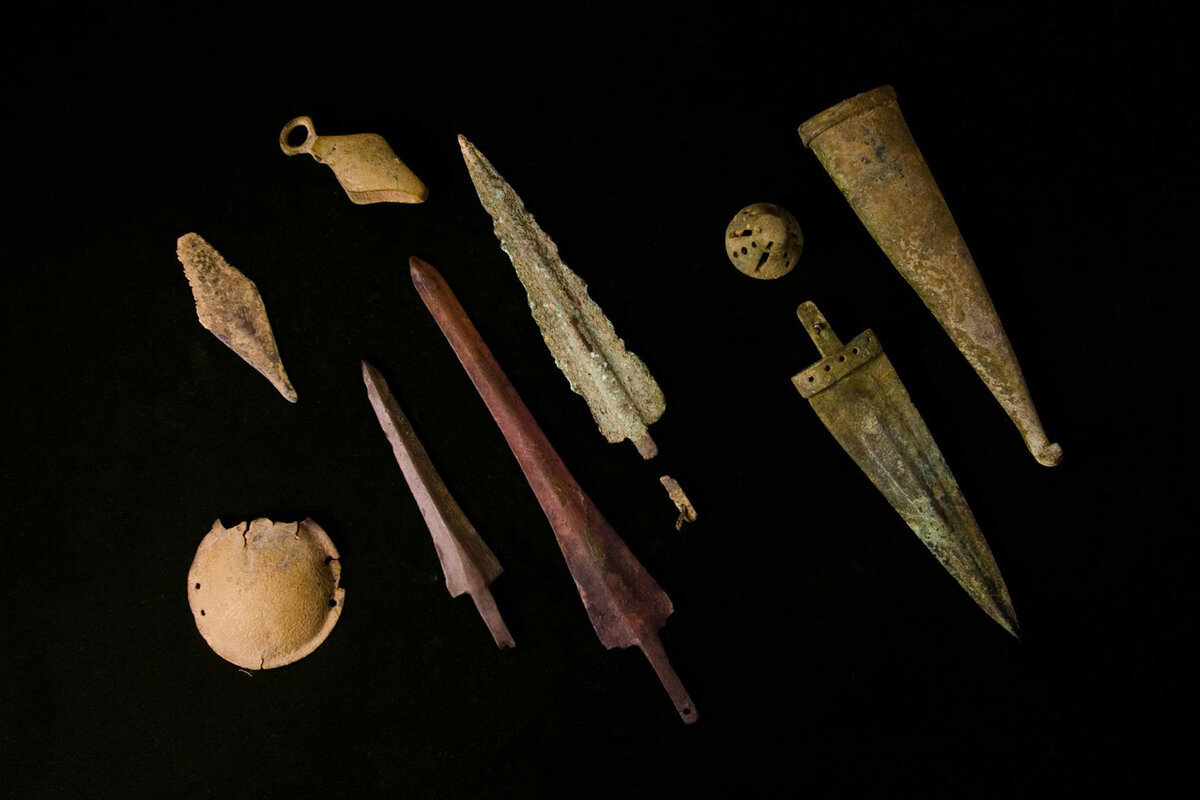A German-American study proves that the first modern humans in Europe did not imitate, but invented their own tools. They thus regain a role in the invention of early technologies.
GEO France video – The discovery of a Homo sapiens baby bone tells us more about early modern humans.
It was previously believed that the first modern humans to arrive in Europe had imported their tool-making techniques from the Near East. This now appears to be a misconception. Researchers from the Universities of Tübingen (Germany) and Arizona (United States) have recently demonstrated that around 42,000 years ago, the craftsmen of the so-called Proto-Aurignacian culture developed their own methods of stone cutting, independently of those used in the Levant. ‘Superficially, the tools appear similar, but the technological logic behind them is entirely different,’ explains Professor Steven L. Kuhn in the study he co-authored in the Journal of Human Evolution on Wednesday 15 October.
Kuhn and his colleague Armando Falcucci compared thousands of tools found at Italian archaeological sites (Grotta di Fumane, Riparo Bombrini, Grotta di Castelcivita) and at the Lebanese site of Ksar Akil. By analysing each stage of manufacture, from the preparation of the blocks to the retouching of the blades, they discovered fundamental differences between the two methods.
A thinner model cut on one side only
The results showed that ‘the technological trajectories in the Levant and Europe are distinct,’ explains Armando Falcucci. Craftsmen in the Levant made large blades from blocks cut on both sides, while their European counterparts produced small blades, worked on one side only, probably for hunting purposes.
For the researchers, these contrasts are proof that European Homo sapiens did not copy techniques from the East, but invented their own way of doing things.

Creativity born out of the urgent need to adapt
This discovery challenges the idea that progress at the time simply followed human migrations from Africa or the Levant. According to the two authors of the study, ‘local innovation played just as important a role as exchanges between populations’. Solutions were found ‘simultaneously’ across these continents in response to common constraints. Homo sapiens arriving in Europe had to adapt quickly to their new environment and turn to inventions. ‘Cultural change cannot be reduced to migration alone,’ says Armando Falcucci.
For Karla Pollmann, Rector of the University of Tübingen, this work also sheds light on our origins. ‘Stone by stone, scientists are piecing together the history of our ancestors,’ she says emotionally.




